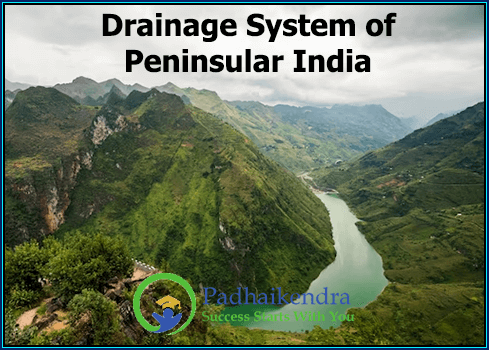The Peninsular Drainage System is a complex network of rivers that drains the southern and central parts of India. The drainage system is primarily characterized by its short and seasonal rivers, as well as its numerous estuaries and backwaters.
The Peninsular Drainage System is divided into two parts – the Eastern and Western Ghats. The Western Ghats form the catchment area for the west-flowing rivers, while the Eastern Ghats form the catchment area for the east-flowing rivers.
Origin of Peninsular Drainage
The Peninsular Drainage System in India has a complex origin, shaped by several geological and tectonic processes that occurred over millions of years. The Peninsular Plateau, which covers most of southern India, is believed to have formed about 1.5 billion years ago during the Archean Eon. The plateau consists of a variety of rocks, including granite, gneiss, and schist.
Over time, the plateau was subjected to several tectonic events, including folding, faulting, and volcanic activity, which resulted in the formation of the Western and Eastern Ghats. The Western Ghats were formed as a result of the collision of the Indian and Eurasian plates, while the Eastern Ghats were formed due to faulting along the eastern coast of India.
As the plateau rose, it was subjected to erosion by several rivers, which resulted in the formation of a complex drainage system. The rivers in the Peninsular Drainage System are characterized by their short and seasonal nature, with most of them originating in the Western Ghats and flowing towards the east or west before emptying into the Arabian Sea or the Bay of Bengal.
The Peninsular Drainage System is also home to several important wetlands, including the Chilika Lake in Odisha, the largest coastal lagoon in India, and the Pulicat Lake in Andhra Pradesh, which is a designated Ramsar site and home to several migratory bird species.
Today, the Peninsular Drainage System is an important source of water for irrigation, hydroelectric power generation, and other human activities. However, the region also faces several challenges, including pollution, overuse of water resources, and climate change, which threaten the ecological and cultural significance of the region.





